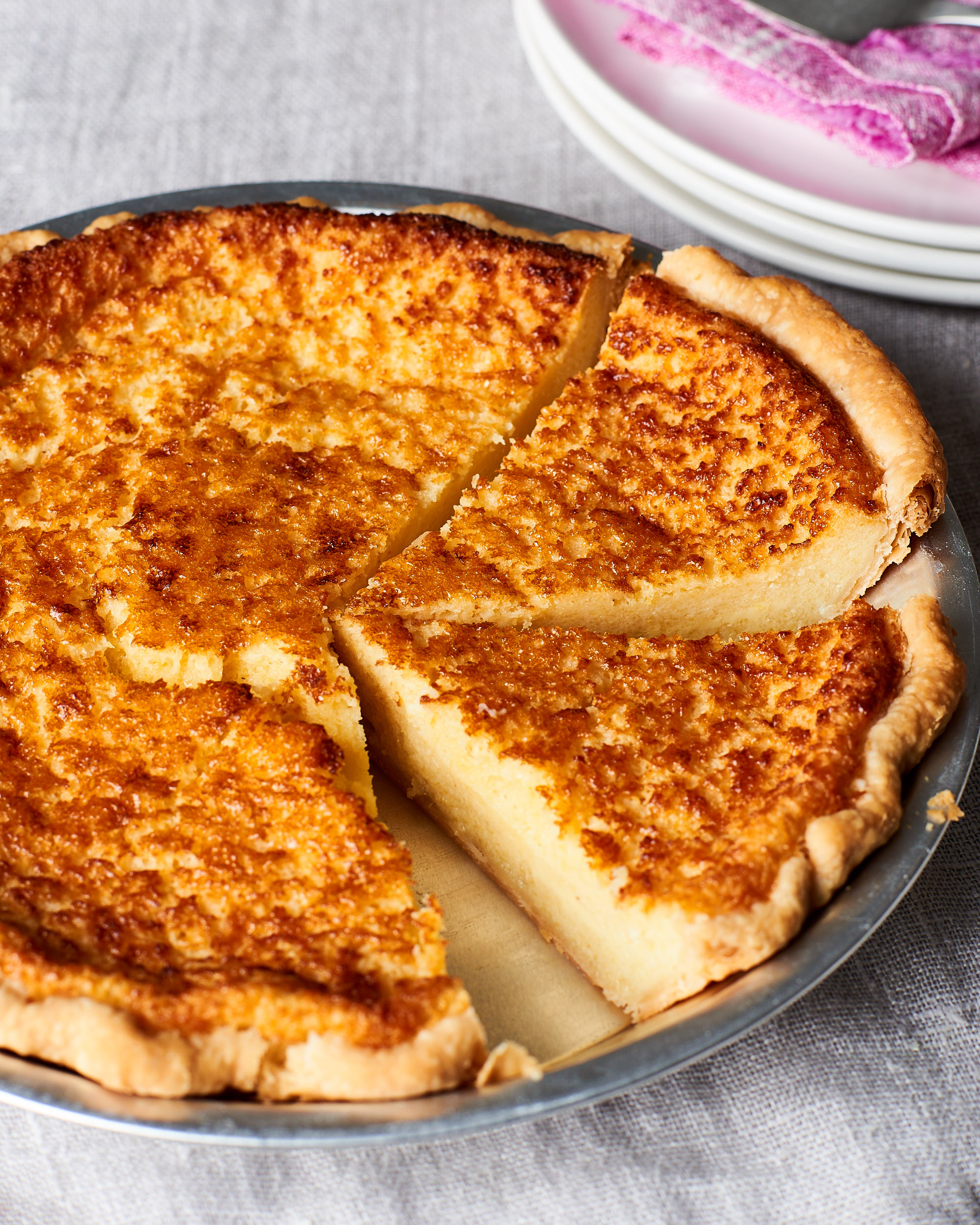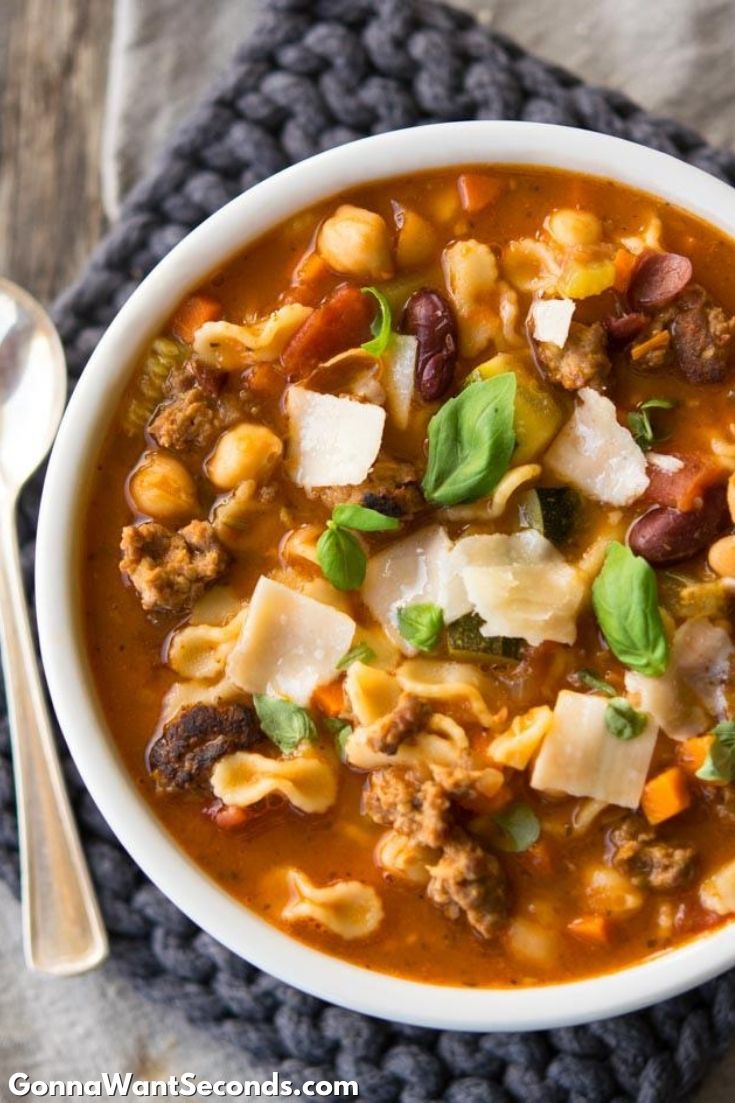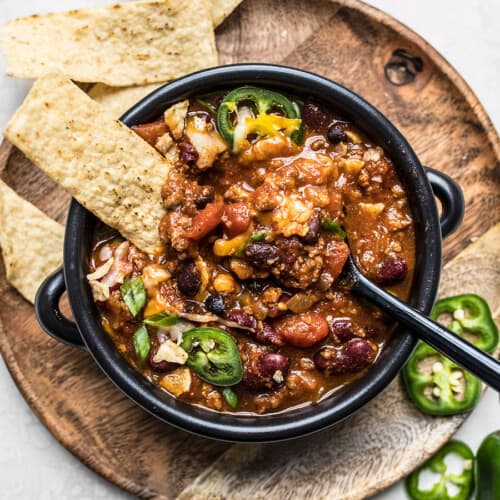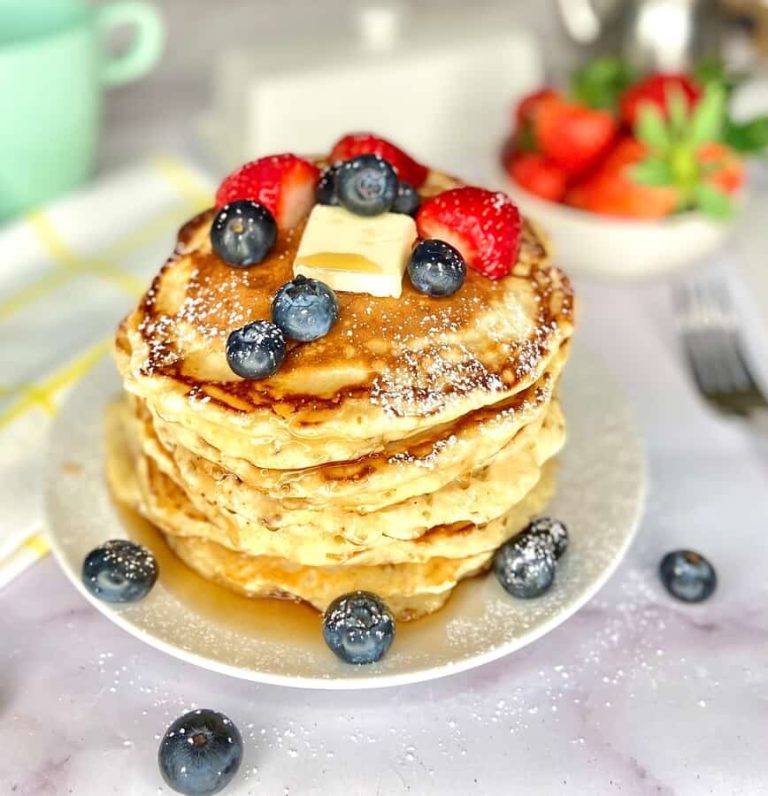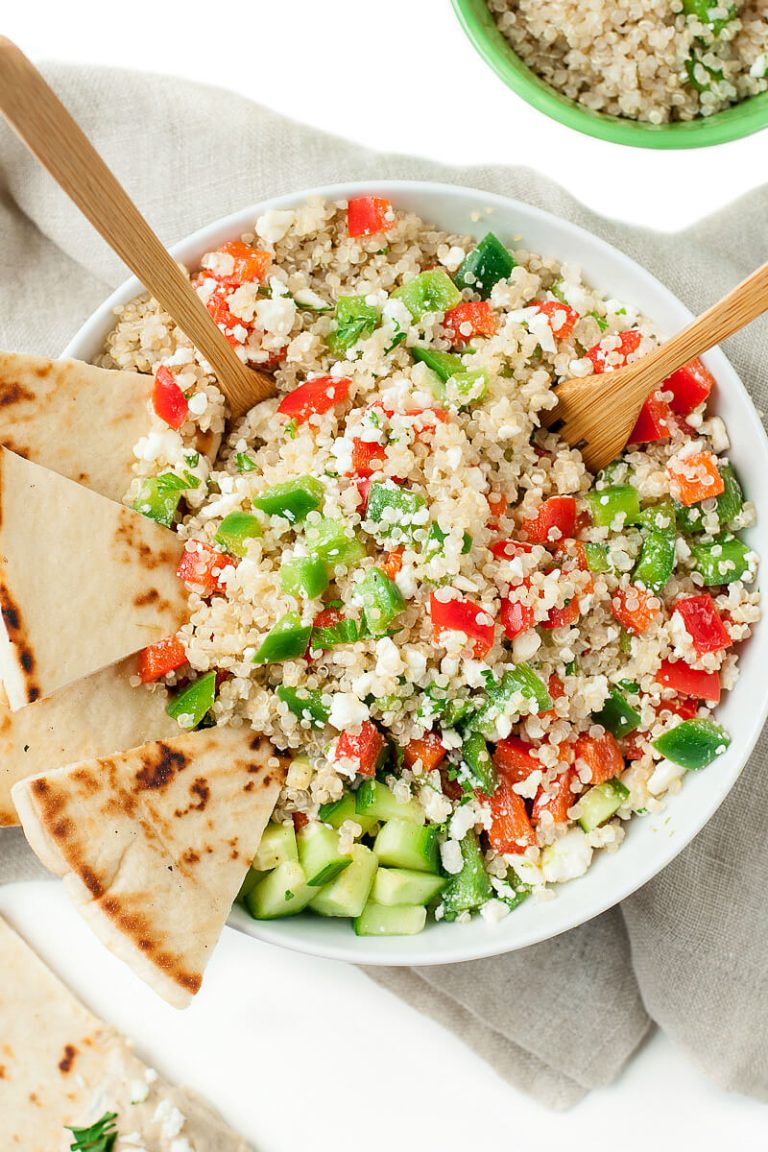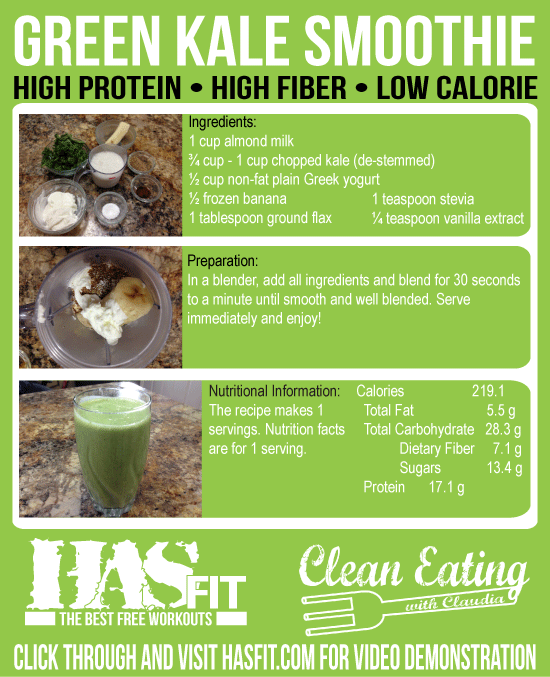Southern Buttermilk Chess Pie: Discover The Rich History and Recipe
Chess pie traces its origins to early English settlers who introduced the recipe to the American South. The use of buttermilk evolved regionally as Southern cooks sought to use surplus ingredients creatively. Virginia and Kentucky culinary traditions incorporate buttermilk for added tanginess. This variant features a blend of sugar, eggs, butter, and buttermilk, creating a unique flavor profile. Occasionally, recipes include cornmeal or flour for texture. You might find slight differences in preparation methods, but the essence of buttermilk chess pie remains consistent.
Popularity Through the Ages
Buttermilk chess pie gained popularity in the 19th century due to its simple ingredients and preparation. During the Great Depression, its affordability made it a staple in many households. This classic pie became a beloved dessert at Southern gatherings, earning a place on holiday tables and in community cookbooks. Today, its nostalgic value and distinct flavor keep it a favorite in Southern cuisine. Modern adaptions occasionally emerge, yet the traditional recipe continues to charm new generations.
Key Ingredients of Buttermilk Chess Pie
The Role of Buttermilk
Buttermilk is central to the pie’s distinct tangy flavor. It provides a slight acidity that balances the sweetness of the filling. Using buttermilk ensures a tender texture, making each bite creamy and smooth. If substituting, note that regular milk or yogurt won’t replicate the unique tang.
Crust and Filling Essentials
A traditional buttermilk chess pie involves a few key components:
- Sugar: Granulated white sugar forms the base sweetness of the pie filling.
- Eggs: Large eggs help bind the ingredients and create a custard-like texture.
- Butter: Unsalted butter adds richness and enhances flavor complexity.
- Cornmeal or Flour: Many recipes include cornmeal or flour to thicken the filling, providing a slight grit or smoothness respectively.
- Pie Crust: A pre-baked, flaky pie crust serves as the foundation, preventing sogginess and supporting the creamy filling.
These elements work together to create the iconic buttermilk chess pie experience.
How to Make Buttermilk Chess Pie
Step-by-Step Recipe Guide
To create a delicious buttermilk chess pie, follow these steps:
- Preheat and Prepare: Preheat your oven to 350°F (175°C). Roll out a pre-made or homemade pie crust and place it in a 9-inch pie dish.
- Mix Dry Ingredients: In a large mixing bowl, combine 1 1/2 cups of granulated sugar, 3 tablespoons of all-purpose flour, and a pinch of salt to evenly distribute the dry components.
- Combine Wet Ingredients: In another bowl, whisk together 3 large eggs, 1 cup of buttermilk, 1/2 cup of melted unsalted butter, and 1 tablespoon of vanilla extract to blend thoroughly.
- Incorporate Dry and Wet Mixtures: Gradually add the dry ingredients to the wet mixture, whisking continuously until the batter is smooth and no lumps remain.
- Prepare the Filling: Pour the well-mixed filling into the prepared pie crust, ensuring it reaches just below the crust’s edge to prevent overflow during baking.
- Bake the Pie: Place the pie dish on a baking sheet to catch any spills, and bake in the preheated oven for 45-50 minutes. The filling should be set, and the top slightly golden-brown.
- Cool and Serve: Allow the pie to cool completely on a wire rack before slicing to ensure the filling sets properly. Garnish with a dusting of powdered sugar or a dollop of whipped cream if desired.
Common Mistakes to Avoid
Avoid these pitfalls for the perfect buttermilk chess pie:
- Overmixing the Batter: Mixing the filling too vigorously incorporates air, leading to a spongy texture instead of smooth creaminess.
- Improper Filling: Pouring the filling into a warm pie crust can cause premature cooking, resulting in an uneven texture. Ensure the crust is cool before adding the filling.
- Inaccurate Measurements: Use precise measurements for ingredients like flour and sugar. Excessive flour can make the filling too dense, while too much sugar can cause the pie to be overly sweet.
- Unsuitable Oven Temperature: Baking at a temperature other than 350°F (175°C) can result in an undercooked or overly browned pie. Use an oven thermometer to ensure accurate baking conditions.
- Not Allowing Proper Cooling: Cutting into the pie before it’s fully cooled disrupts the set of the filling, potentially resulting in a runny mess. Patience ensures a beautifully set slice.
By following these detailed steps and avoiding common mistakes, you’ll achieve a perfectly tangy, creamy buttermilk chess pie every time.
Serving and Storage Tips
Best Practices for Serving
Buttermilk chess pie pairs excellently with various accompaniments. Serve it chilled or at room temperature for optimal taste. Cut the pie using a sharp, clean knife to achieve neat slices. Consider garnishing each slice with a dollop of whipped cream, fresh berries, or a sprinkle of powdered sugar to enhance the presentation and flavor.
Offering coffee or tea alongside the pie creates a balanced dessert experience. For special occasions, serve with a scoop of vanilla ice cream for a delightful contrast in temperature and texture.
How to Store for Freshness
To keep buttermilk chess pie fresh, cover it tightly with plastic wrap or aluminum foil. Store it in the refrigerator to maintain its texture and flavor. Refrigerated pie remains fresh for up to 4-5 days.
For longer storage, freeze the pie. Wrap it in plastic wrap, then aluminum foil, placing it in an airtight container or freezer bag. Freeze for up to 2 months. Thaw in the refrigerator before serving to preserve quality. Do not refreeze once thawed to avoid texture deterioration.
Conclusion
Buttermilk chess pie is a delightful blend of history and flavor that continues to captivate taste buds. Its unique tanginess and tender texture make it a standout dessert in Southern cuisine. This pie’s nostalgic charm and adaptability have ensured its place in the hearts of many. Whether you’re a seasoned baker or a novice in the kitchen the step-by-step recipe guide makes it easy to recreate this classic treat. Pair it with whipped cream or fresh berries for an extra touch of indulgence and enjoy a slice of history with every bite.
